During the assembly of a double membrane gas holder, all joints adopt a rigid sealing mechanism to ensure excellent airtightness. However, many people are not familiar with the assembly process. Below, I will introduce the detailed assembly steps:
Confirm the positioning of the foundation embedded parts – Ensure that the positioning is level. The embedded parts must be properly aligned and meet the required standards before proceeding to the next step.
Lay the bottom membrane of the double membrane gas holder – When installing the bottom membrane, workers should avoid wearing sharp objects. They should remove their shoes or wear soft rubber-soled shoes before stepping onto the membrane.
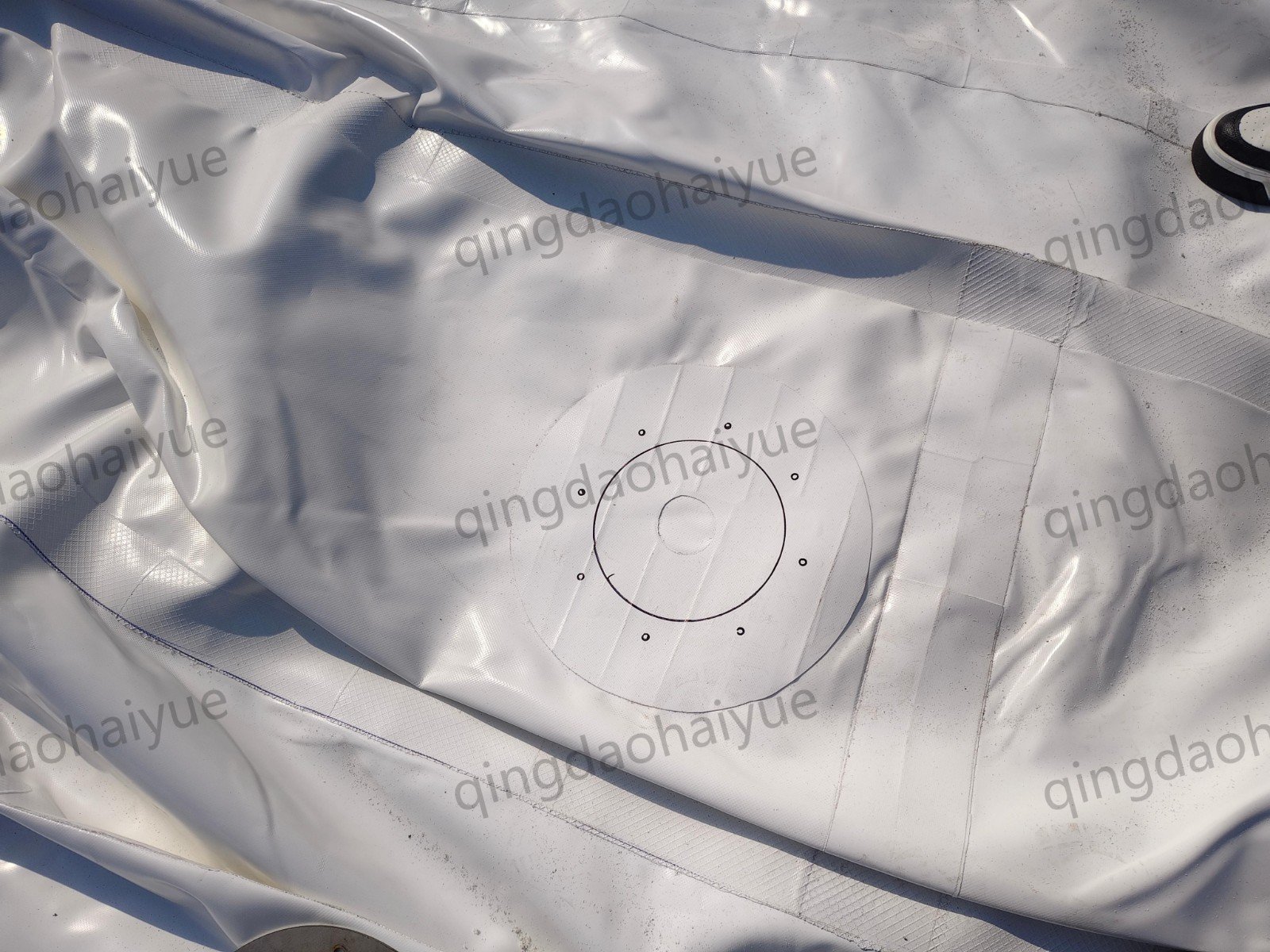
Install the inner membrane – Place the inner membrane onto the installed bottom membrane. During this process, rotate the inner membrane into position carefully to avoid scratching it. Manually lay the boundaries of both the inner and outer membranes onto the embedded parts, ensuring an even distribution. Check for dimensional deviations and make necessary adjustments.
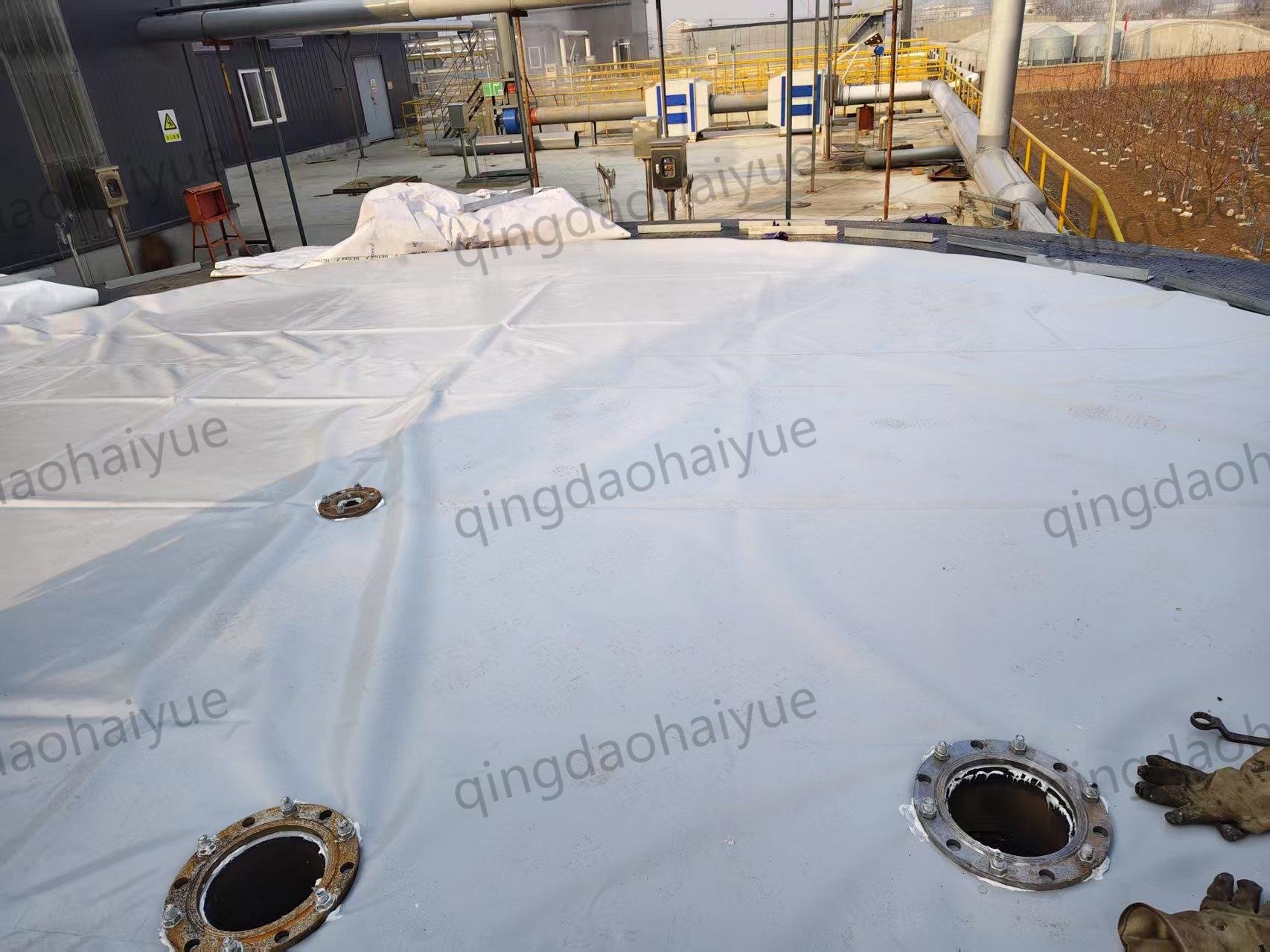
Sealing process – Place the silicone sealing strip onto the embedded foundation parts and secure it with a special flexible adhesive to ensure a firm bond.
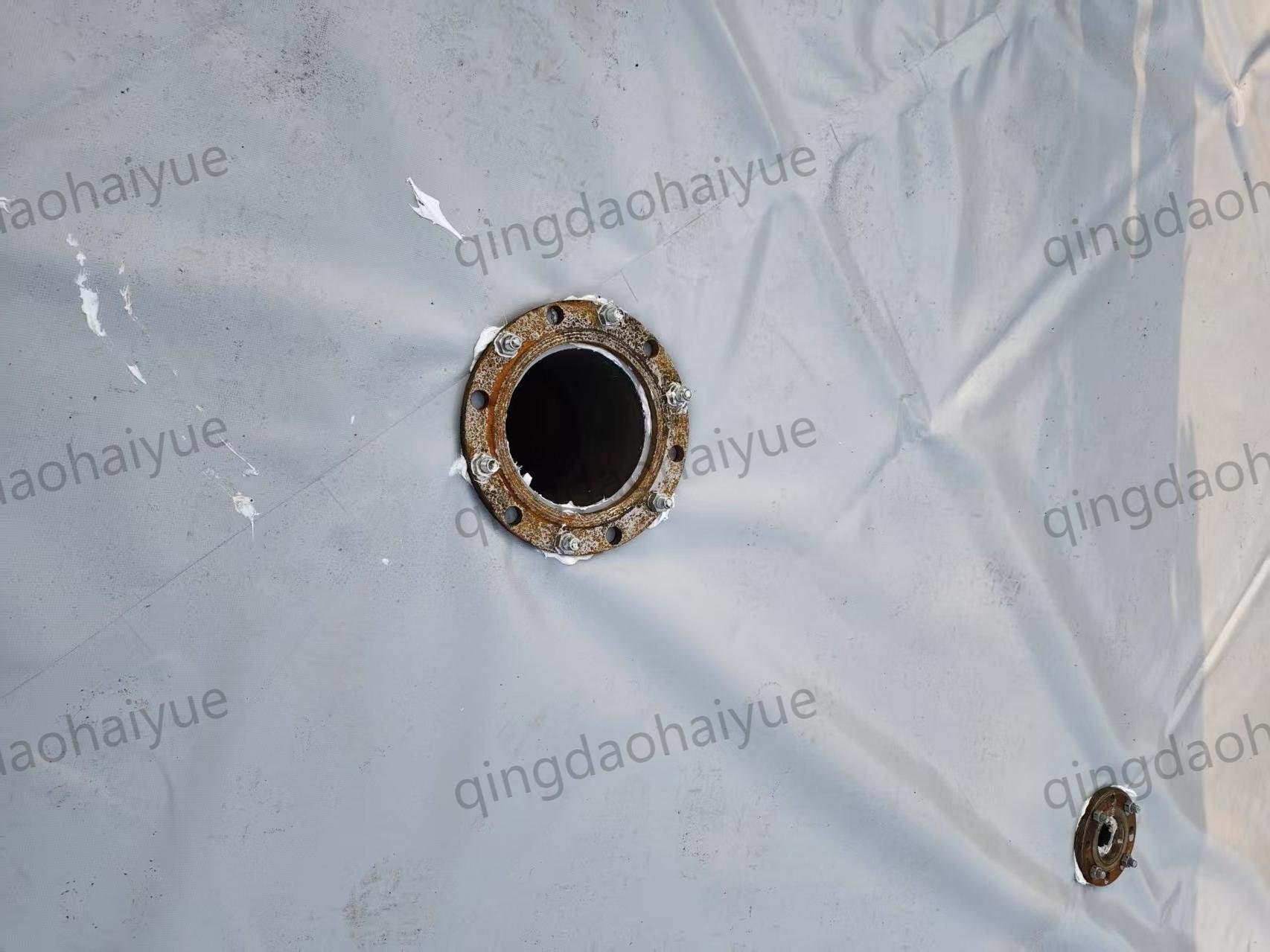
Align and fix the membranes – Adjust and align the bottom, inner, and outer membranes. Use a hole puncher to make an initial perforation. Before punching, press down the two ends of the pressing plate to stabilize the membrane, then secure it with screws.
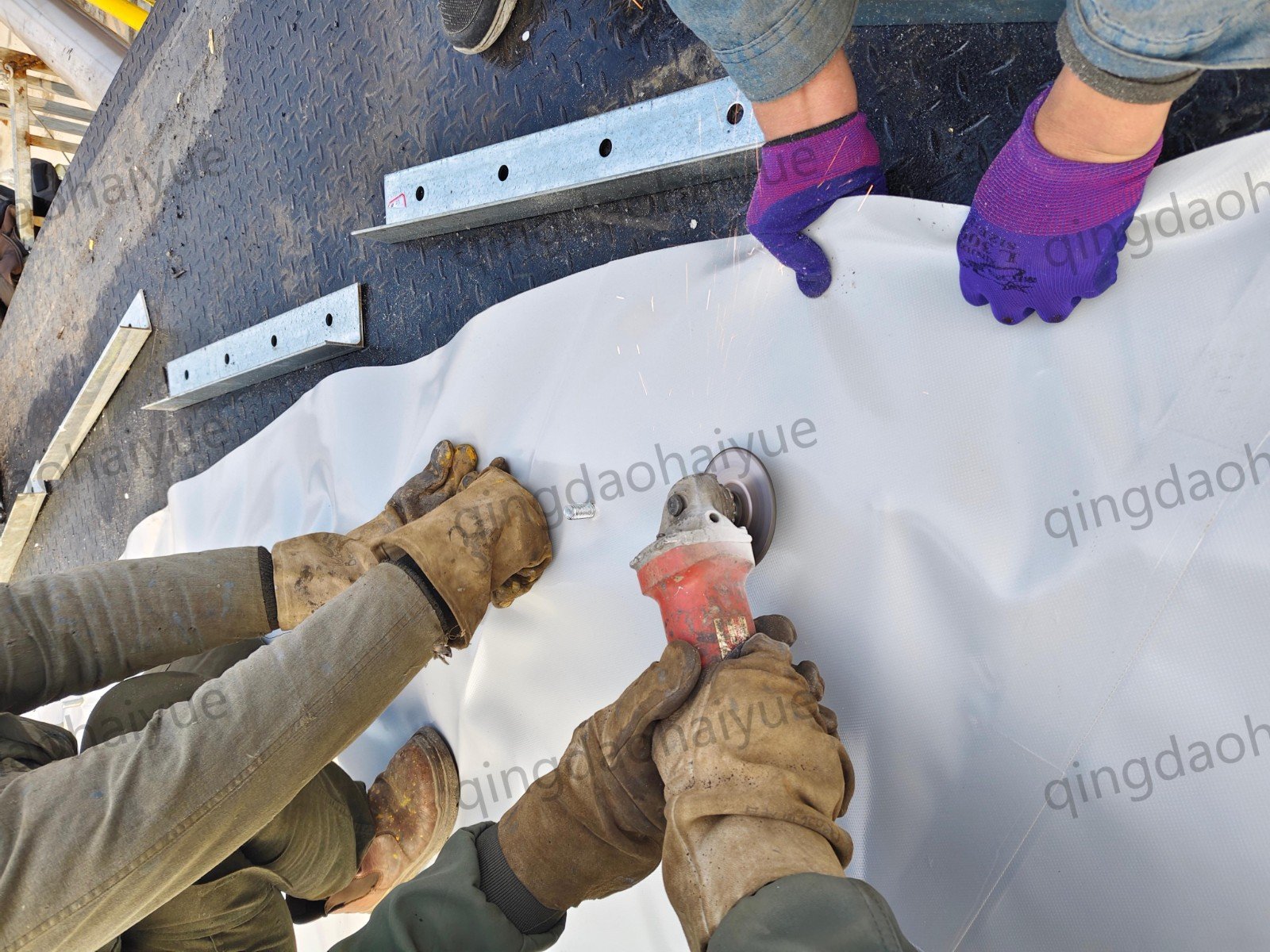
Install the constant pressure air pipe – Ensure that the constant pressure control box is at least 10 meters away from the gas storage tank. If the standard cannot be met, an explosion-proof air pump should be used.
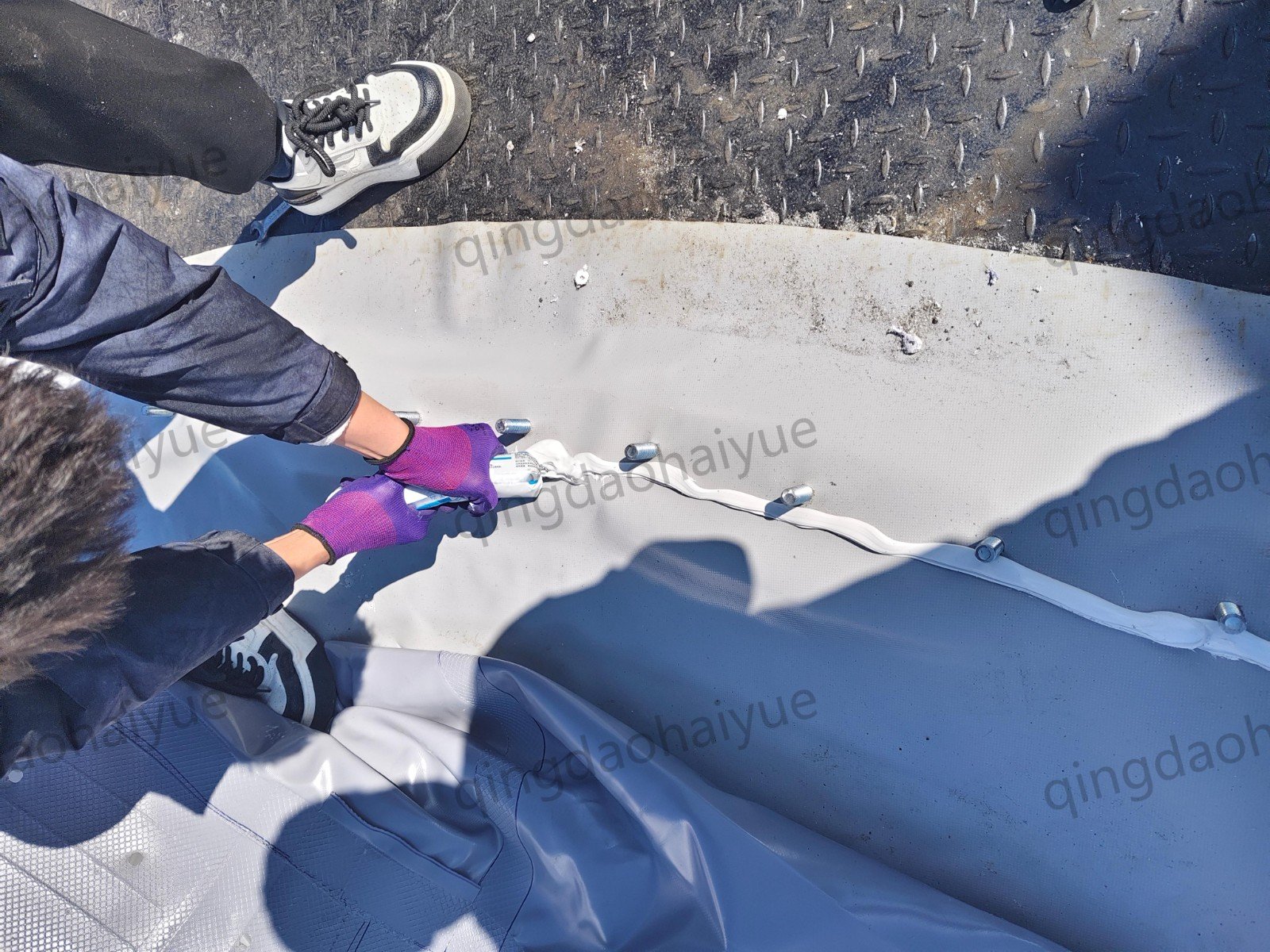
Install the safety valve – For a water-sealed safety valve, add antifreeze liquid up to the marked line. Once the assembly is complete, conduct a system test.
Inspection process – Inflate both the inner and outer membranes and check for leaks. Apply a leak detection solution to all connection points. If any issues are found, address them immediately.